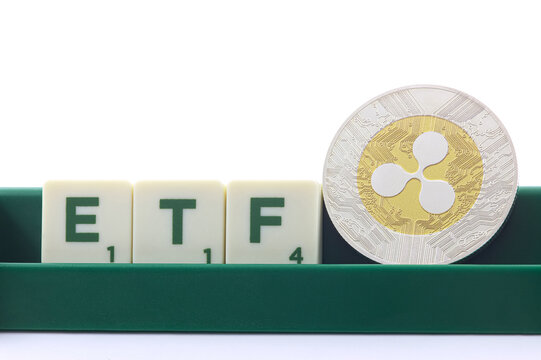Key takeaways:
The Bitcoin Coinbase Premium flipped red as BTC price dropped below $104,000.
Bitcoin’s RSI hit its lowest point since April, hinting at a potential bottom zone.
The 200-day EMA support remained crucial as BTC risks short-term capitulation.
Bitcoin (BTC) extended its recent decline on Friday, slipping to $103,500 and triggering a notable shift in onchain market sentiment. The Bitcoin Coinbase Premium Index, which tracks the price difference between BTC on Coinbase and other exchanges, flipped red on the hourly chart for the first time in weeks.
Earlier this week, BTC attempted to find support around $110,000, buoyed by steady spot demand from US investors. The Coinbase premium even spiked to 0.18, its highest reading since March 2024.
However, as the price failed to hold above $110,000 on Thursday, that short-term confidence faded. While the hourly premium has turned negative, the daily reading remained slightly positive, indicating that long-term US buying support hasn’t fully disappeared, but it is currently under strain.
Adding to the bearish pressure, Bitcoin’s taker sell volume surged above $4 billion, signaling a wave of market sell orders. The move coincided with BTC’s rejection near the short-term holder (STH) realized price at $112,370, a key level that now acted as resistance.
Historically, this level marked the average cost basis for recent buyers, meaning that sustained rejection below it could accelerate short-term capitulation toward $100,000.
Related: Bitcoin holds $105K as US bank stocks recover, Trump truce lifts sentiment
Bitcoin mirrors its March–April bottom structure
BTC’s current price action closely resembles the March–April bottom range, when sharp intra-day wicks cleared out liquidity built over 30 days before a gradual recovery began. The pattern suggested that BTC could retest the $100,000 range without necessarily breaking the broader bullish structure, unless it falls decisively below that level.
The relative strength index or RSI also dropped to its lowest level, matching April’s low value of 34, following which BTC started to recover in the charts.
A key technical signal to watch is the 200-day exponential moving average (EMAs), which BTC has held for nearly six months. In the previous cycle, it maintained this trend from October 2024 to March 2024 before briefly losing it during consolidation. This time, the trendline has held from April to October 2025, with the price possibly losing the trendline in the coming days.
If BTC continues to follow its prior fractal, the market may enter a consolidation phase lasting several weeks. In Q1, the recovery phase extended nearly 45–55 days, forming a true bottom only in late April. Applying the same timeline suggests that a gradual recovery may not materialize until late November or early December.
Crypto trader Dentoshi echoed this view and said,
“$BTC has consistently bottomed around the 3-day 100 EMA this bull run—but it’s taken 45–96 days to do so.”Related: Bitcoin 'bull run is over,' traders say, with 50% BTC price crash warning
This article does not contain investment advice or recommendations. Every investment and trading move involves risk, and readers should conduct their own research when making a decision.

 3 hours ago
1
3 hours ago
1
.jpeg)





































 English (US) ·
English (US) ·